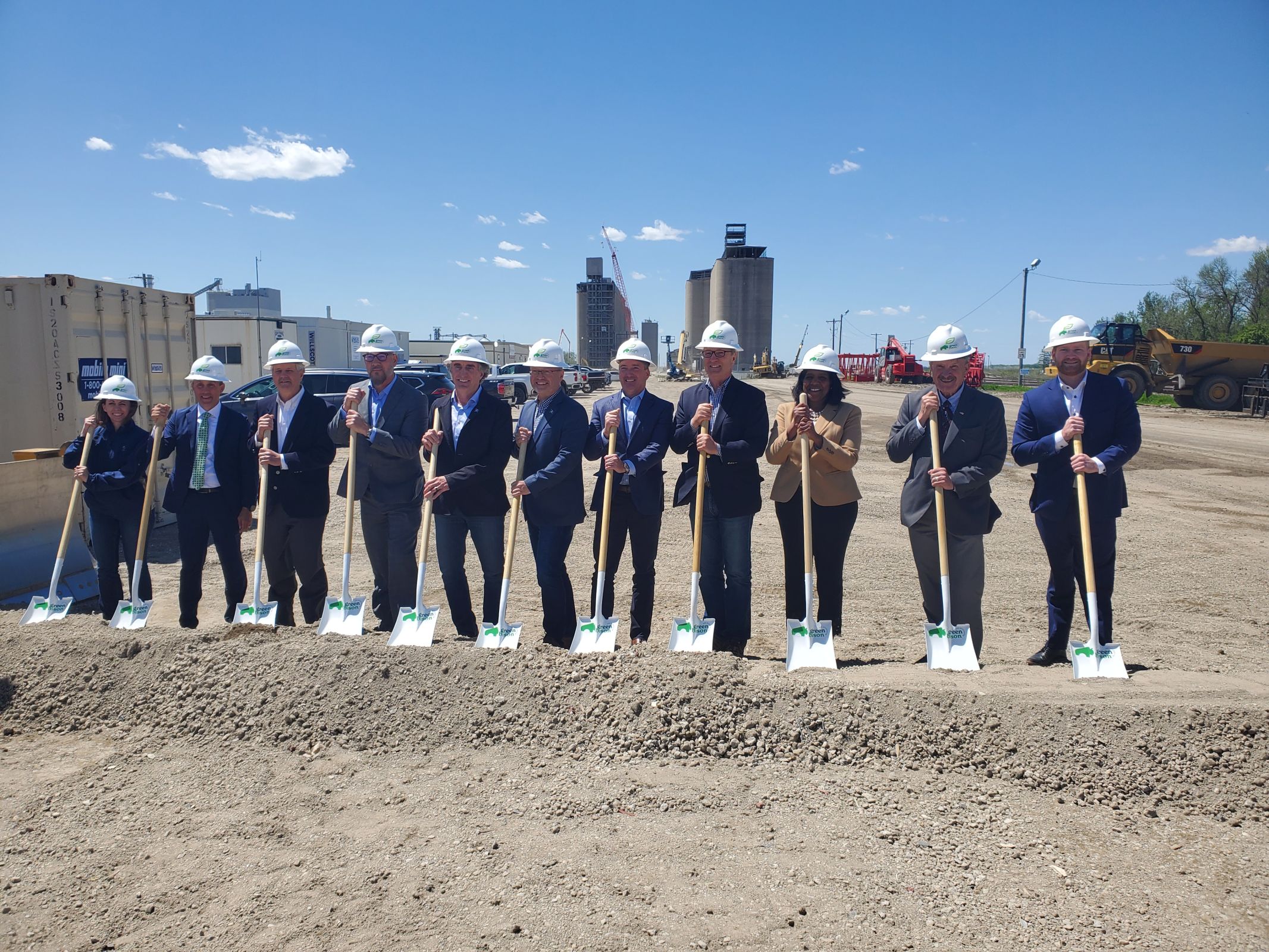EB-5
An EB-5 Regional Center is a job creation visa program (created by Congress in 1990) that is administered by U.S. Citizenship and Immigration Services (USCIS). The purpose of an EB-5 Regional Center is to stimulate economic development, create jobs and improve regional productivity through direct foreign investment, while providing eligible foreign investors an opportunity to become permanent U.S. residents. Under the visa program, federally approved creditors must invest a minimum of $1,000,000 in a qualified project within the EB-5 Regional Center’s region. This investment must create a combined total of at least 10 full-time direct or indirect U.S. jobs. In areas considered by the federal government as targeted employment areas (TEA), the minimum amount of investment is lowered to $500,000. A TEA is defined by law as a rural area, or an area that has experienced high unemployment of at least 150 percent of the national average. Once the investment has created at least 10 jobs for a minimum of five years, and all other federal guidelines have been met, the investors may receive permanent resident status. 10,000 visas are set aside each year for investors interested in the program. Learn More
Category: Financial






